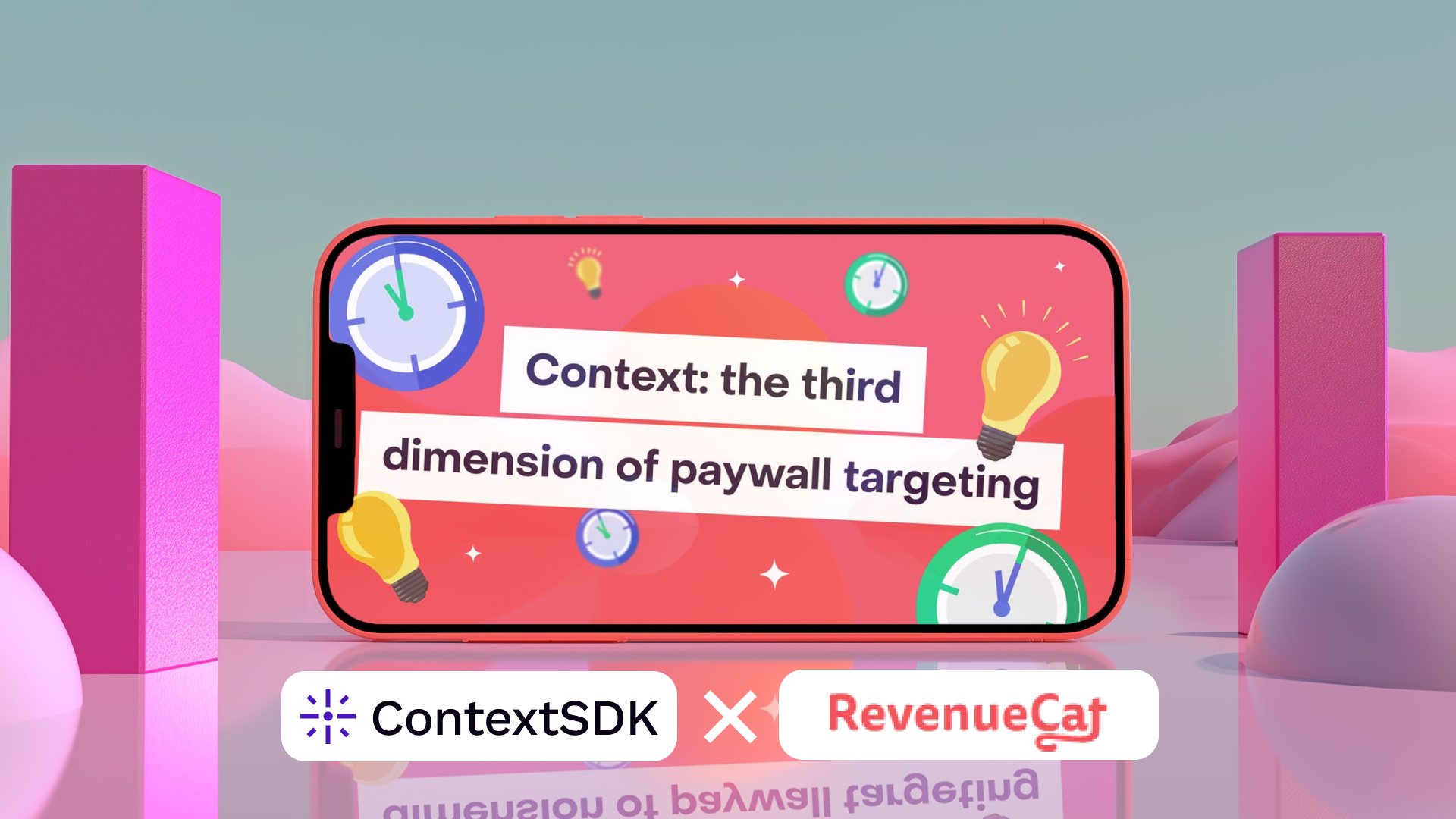Maxed Out on Server-Side Data? Try This Instead


Introduction: When "more data" stops being useful
You’ve built the dashboards. You’ve hooked up your events. Your server is collecting everything from purchases to session lengths to drop-offs by funnel stage.
But something's still off.
Your retention isn’t climbing. LTV won’t budge. Your experiments feel like educated guesses.
If your team is starting to feel that server-side analytics has hit its ceiling, you're not alone. We've talked to dozens of product teams and growth marketers who reached the same point: data-rich, insight-poor.
The problem? You’re only seeing what already happened.
Let’s talk about what happens next.
The Limitations of Server-Side Data
Server-side tracking is great for post-hoc analysis. It helps you:
- Reconstruct user journeys
- Calculate churn, LTV, or conversion rate
- Segment users into cohorts
- Run A/B tests
But it struggles with:
- Real-time reactions (too much latency)
- Privacy compliance (more data = more legal overhead)
- User context (the server doesn’t know what the user is doing right now)
Let’s say a user opens your app at 7:48am while walking to the train. Your server logs the event. But it has no idea that the user is:
- In motion
- Likely commuting
- Low on attention
- Not in a good state to see a long paywall or a video ad
Yet many apps still rely on static logic: "If user opens screen X, then show offer Y."
This is where the friction begins — and where drop-offs start.
Real-World Behavior Isn’t Static
User behavior is fluid. And intent changes minute by minute.
One user may open your app five times a week but only make purchases on Sunday evenings. Another may binge on content late at night but never respond to push notifications in the morning.
Server-side tools miss this nuance. They rely on past patterns — not present conditions.
But what if your app could detect, in real time, when the user was:
- Relaxed and receptive to an upsell
- Distracted and unlikely to engage
- Sitting at home, ready to finish onboarding
- Rushing, and not in the mood to be interrupted
That’s what on-device context makes possible.
Meet ContextSDK: Built for the Moment
ContextSDK helps apps detect real-world behavior and adjust their logic instantly — without sending any personal data to the cloud.
It runs entirely on-device, combining over 200 privacy-safe signals (motion state, routine, environment, app usage, screen activity, and more) to understand what the user is doing right now.
We call this layer the Context Platform, and it powers two products:
1. ContextPush: Smarter Notification Timing
ContextPush helps you send fewer, better-timed push notifications. It avoids sending messages when users are in a rush, moving, distracted, or about to churn.
You can trigger messages like:
- "Don’t forget to finish your onboarding!" when the user is stationary at home
- "Want to continue where you left off?" when the user is relaxed and idle
The result? Lower opt-outs, higher CTR, and push campaigns that actually feel helpful.
2. ContextDecision: In-the-Moment Monetization Logic
ContextDecision helps you dynamically choose between different flows: show a paywall or not, promote an upsell or an ad, guide to onboarding or skip it.
Examples:
- Detect a bad moment and swap out a paywall for a discount offer
- Delay showing an ad until user attention is high
- Switch onboarding flows based on whether the user is commuting or at home
This doesn’t replace your server-side logic — it upgrades it. It adds a layer of intelligence based on now, not just then.
Bonus: No Servers, No Syncing, No PII
Because everything happens on-device, you avoid a whole category of technical and legal challenges:
- No syncing between client and backend
- No lag between event and response
- No privacy violations (no GPS, no raw data leaves the device)
You can run more experiments faster — and act with the confidence that your data is both fresh and compliant.
Conclusion: When Real-World Context Fills the Gaps
If your team has maxed out what server-side analytics can offer, it might be time to change the question.
Instead of asking: What did the user do?
Start asking: What is the user doing right now?
That’s where the real opportunity lies.
With ContextSDK, you can:
- Detect real-world user context on-device
- Personalize flows without relying on static logic
- Boost monetization and engagement where it counts
You don’t need more data. You need better timing.
Try ContextSDK and see what happens when you optimize for the moment.






